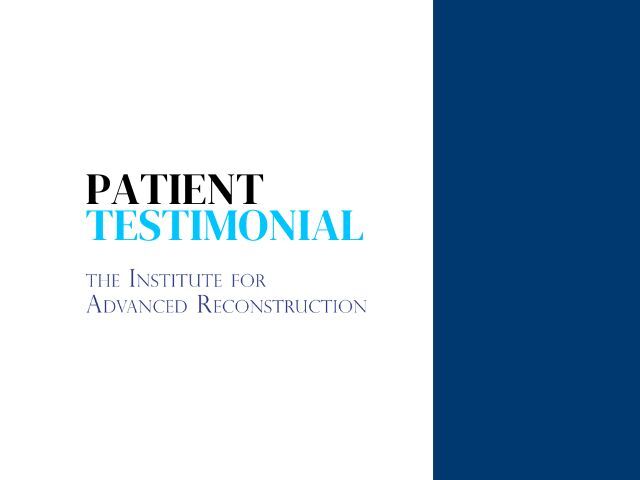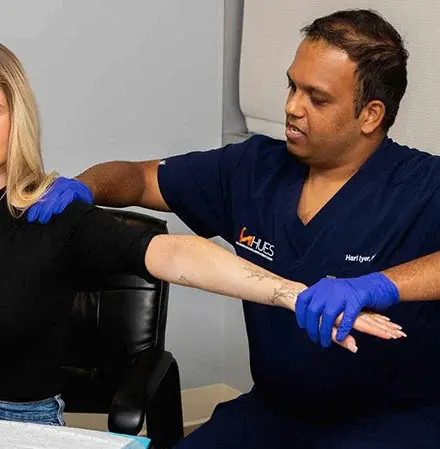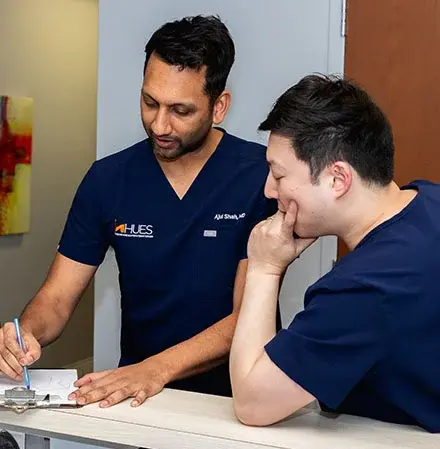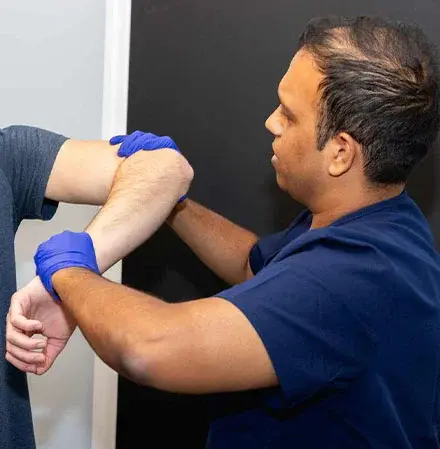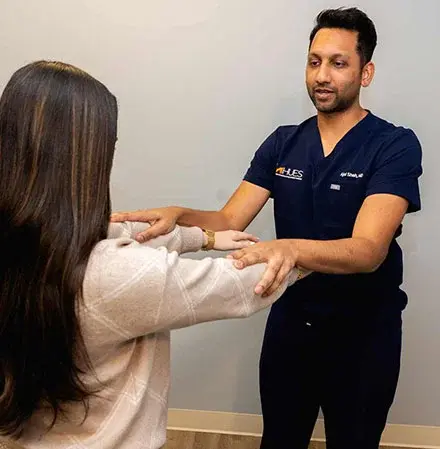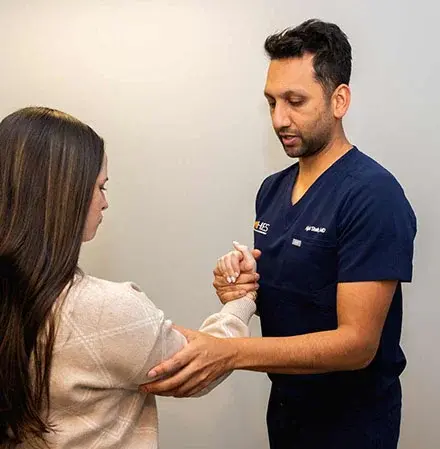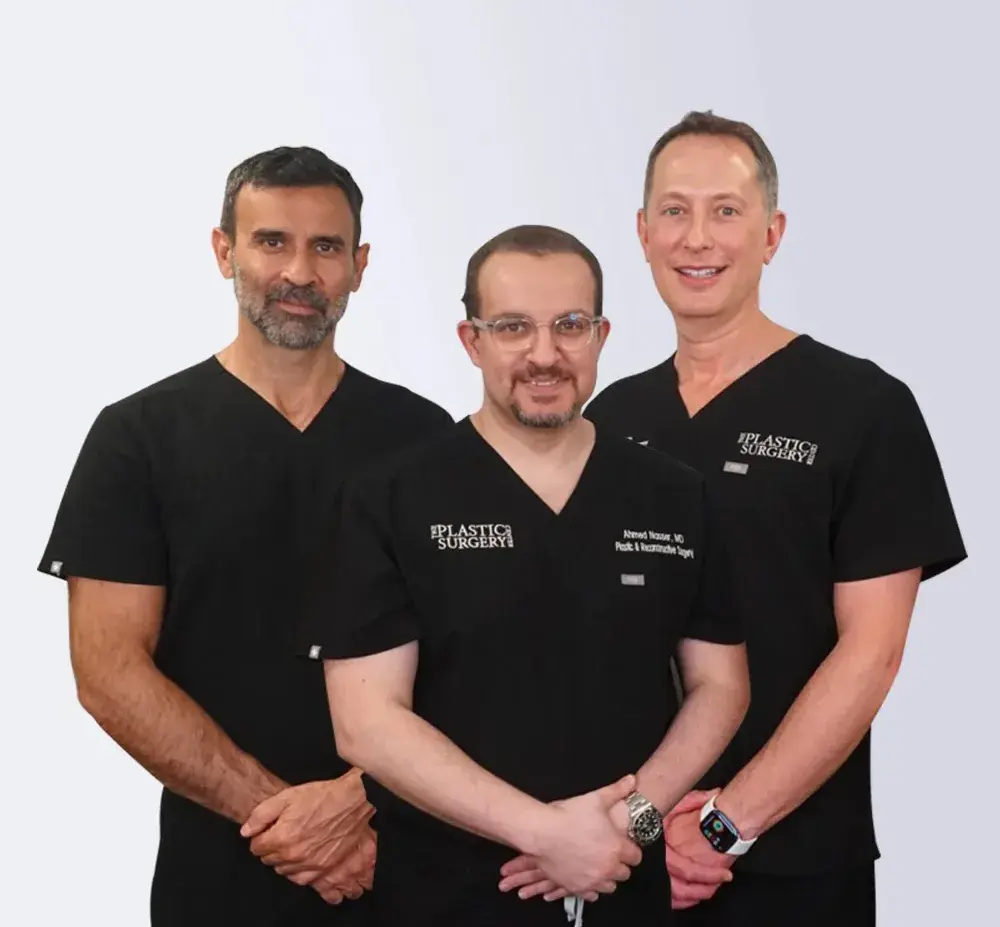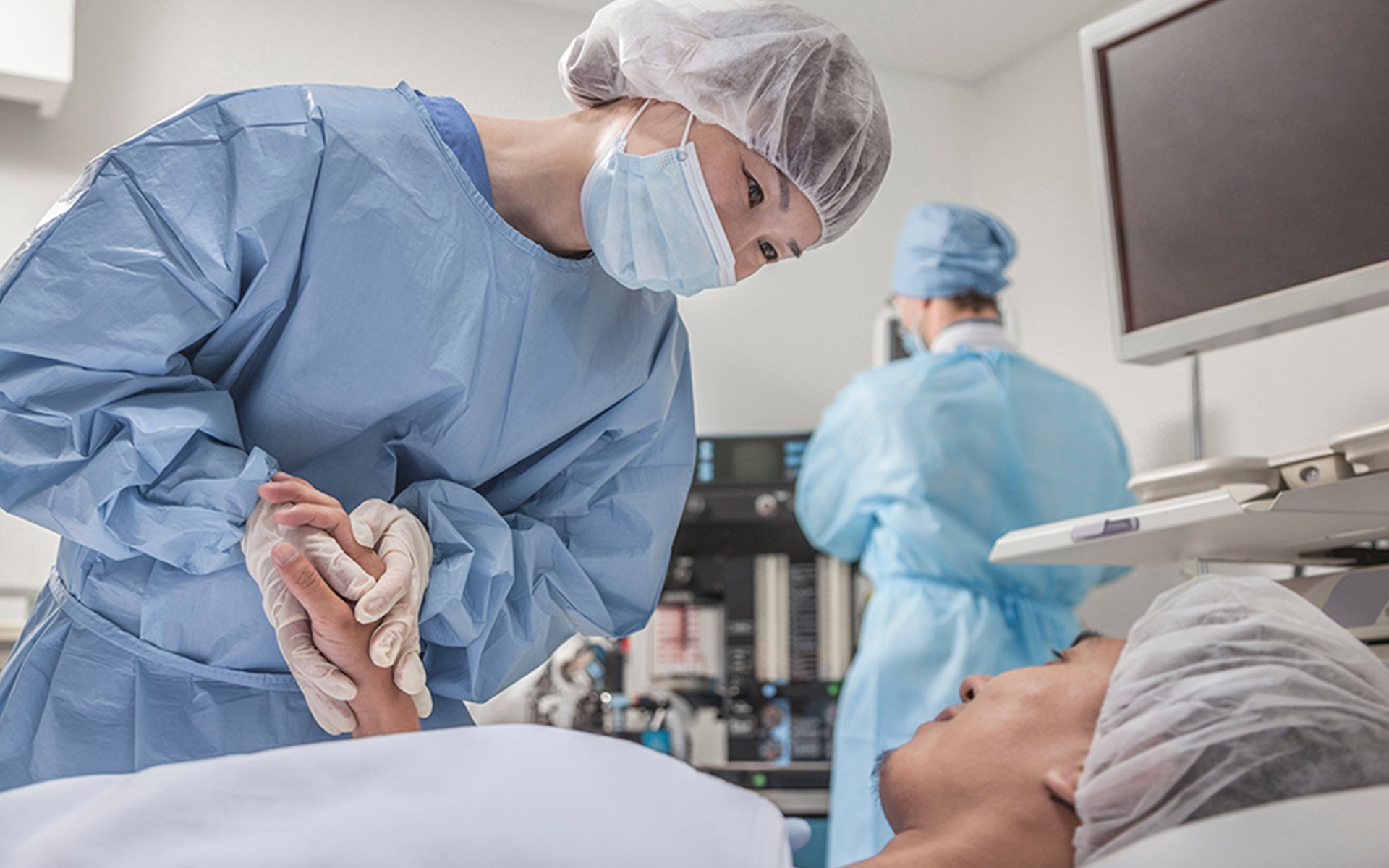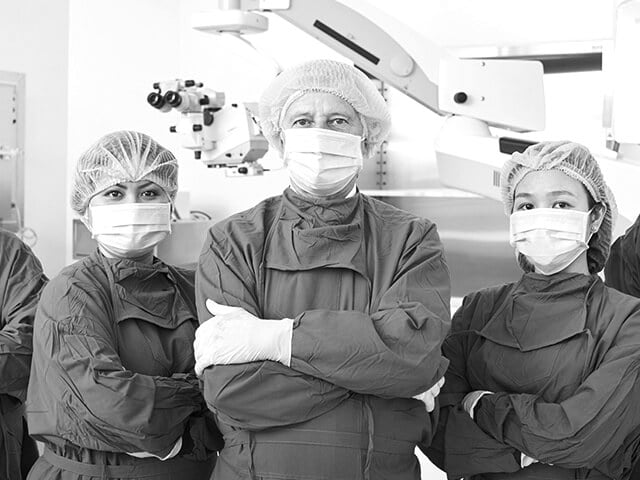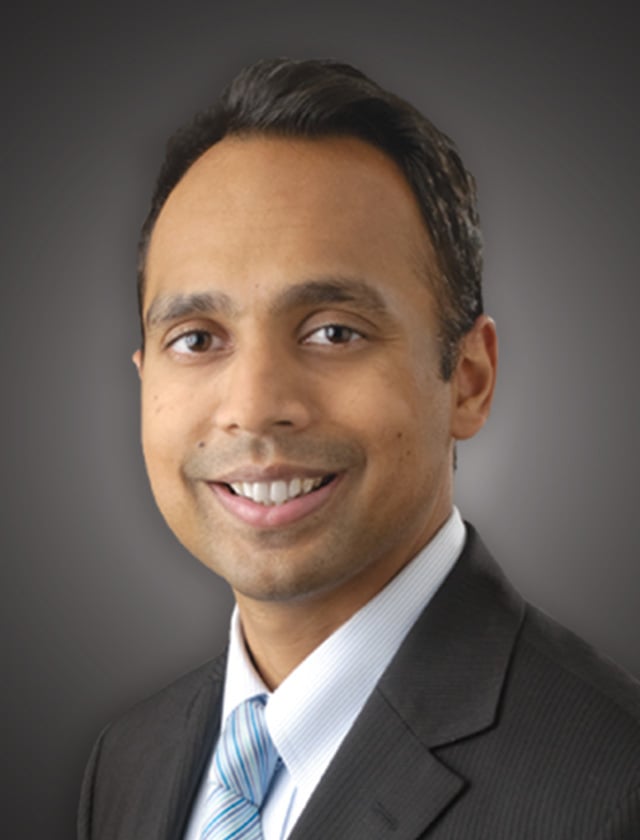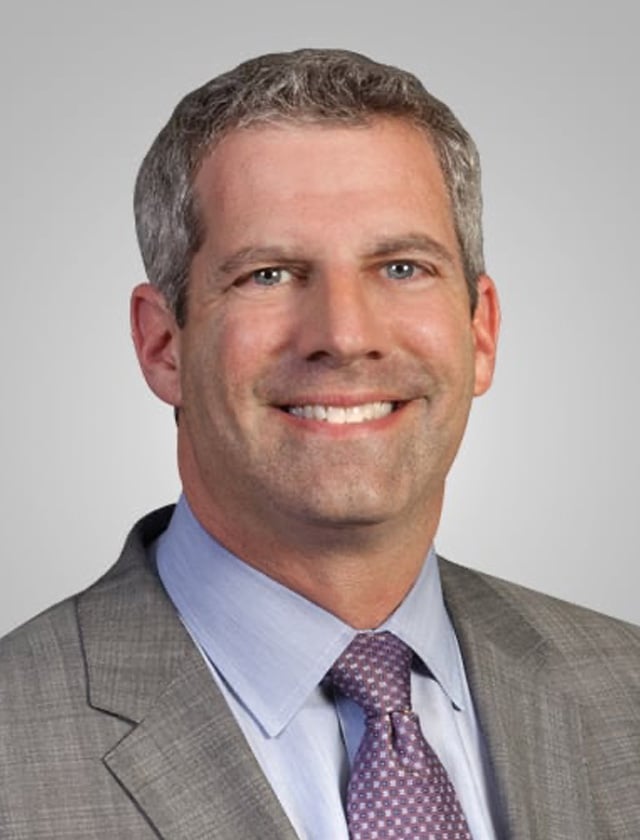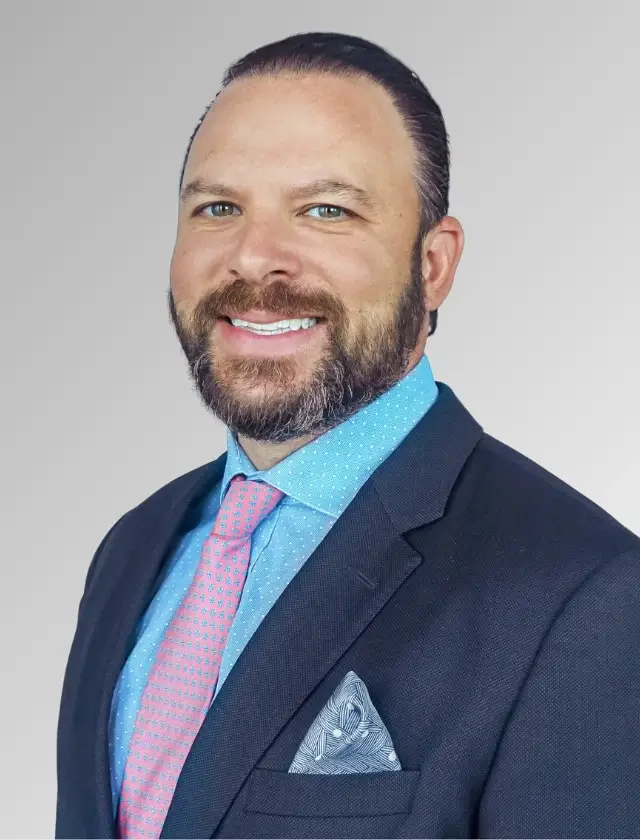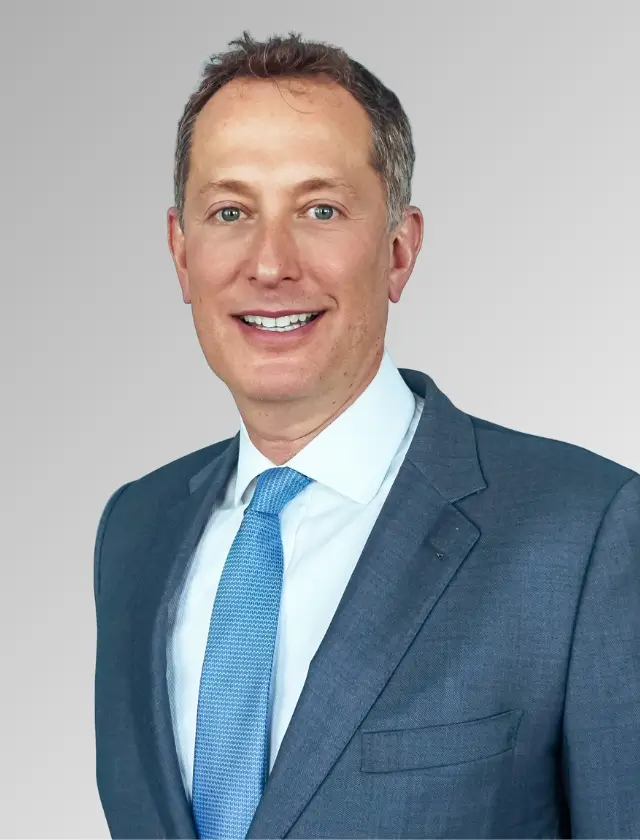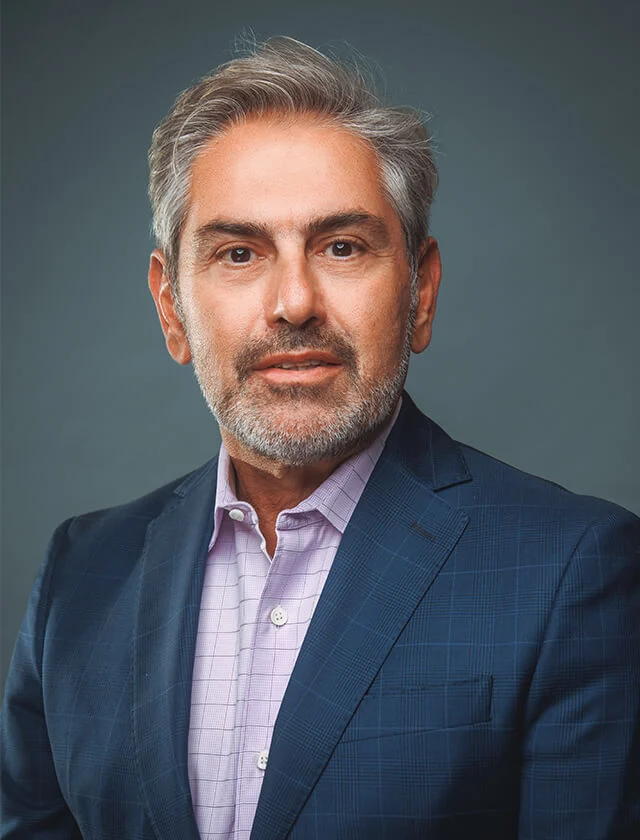We offer groundbreaking surgical procedures and treatment for core muscle injuries (also known as Sports Hernia or Athletic Pubalgia).
Core Muscle Injury Surgery & Treatment
FIND OUT IF OUR CORE MUSCLE INJURY PROCEDURE IS RIGHT FOR YOU.
OUR ADVANCED SPORTS HERNIA PROCEDURE FOR CORE MUSCLE INJURY
We have pioneered several advances that have improved the standard treatment of core muscle injuries, also known as Sports Hernia or Athletic Pubalgia.
Treatment of the nerves in the area of the injury is a key aspect in the treatment of sports hernia.
These nerves are often overlooked at other centers. Failure to treat the injured nerves can lead to continued pain and shock feelings in the groin and genitals. Our surgeons repair these injured nerves to maximize surgical outcomes.
Use of bone-anchored mesh reinforcement of the core muscles.



DIAGNOSING SPORTS HERNIA
A core muscle injury, also known as Sports Hernia or Athletic Pubalgia, is diagnosed with an MRI and physical exam.
Unlike a true hernia, sports hernia (medically known as athletic pubalgia) is actually an injury to the core muscle of the abdomen and legs. This injury causes chronic groin pain, especially with strenuous physical activities.
The most common symptom is pain in the groin area that does not go away with rest. Most people do not have a sentinel event, meaning a sudden injury. The injury often occurs slowly over time. The majority of patients are quite physically fit, but it can occur in anyone who injures his/her core musculature. There are several nerves that are often injured in addition to the muscles. These nerves can cause electric shock or tingling pain in the groin and genital area.
TREATING SPORTS HERNIA
Surgical repair of the core muscles is often required to treat a core muscle injury (Athletic Pubalgia). When there are injured nerves involved, they may require treatment as well. This can involve freeing the nerves from scar tissue (neurolysis) or repairing a damaged nerve (neurorrhaphy). This procedure is an outpatient surgery, followed by an immediate therapy protocol.
Our Mission Is To Improve The Quality Of Our Patients’ Lives
29 CONVENIENTLY LOCATED OFFICES ACROSS NEW YORK, NEW JERSEY, AND PENNSYLVANIA
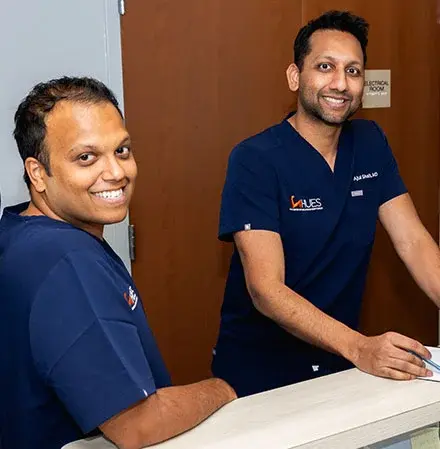
Building 2 - First Floor, STE 200
Red Bank, New Jersey 07701

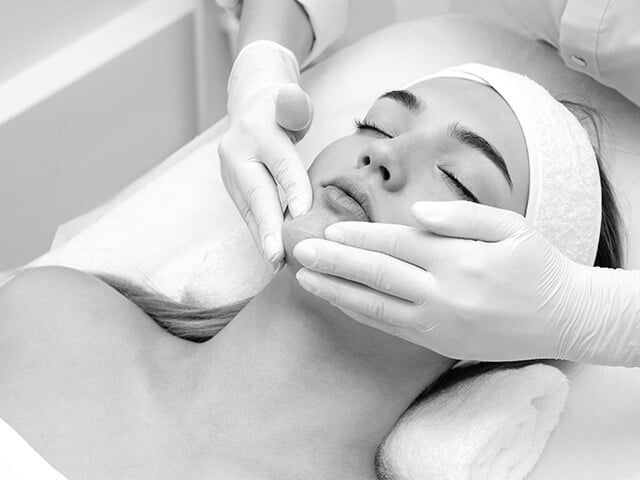
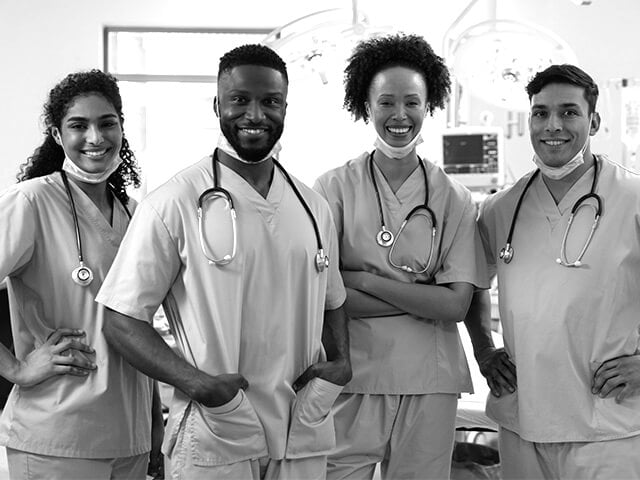
Suite 4
Glen Ridge, New Jersey 07028

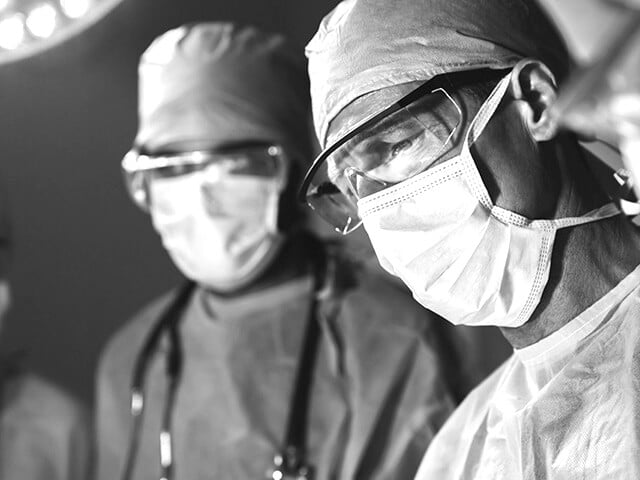
.jpg?width=439&quality=high)
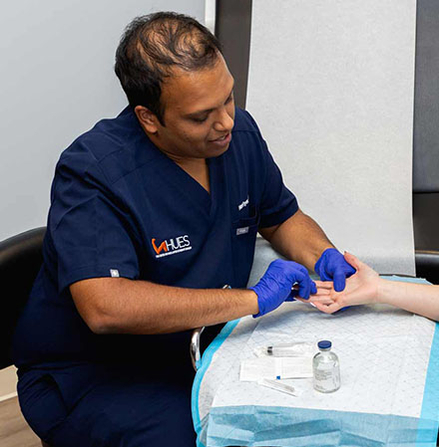
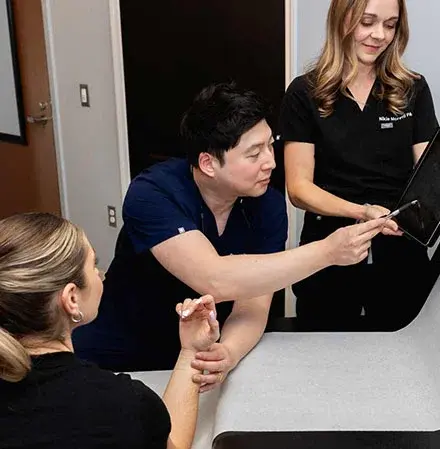
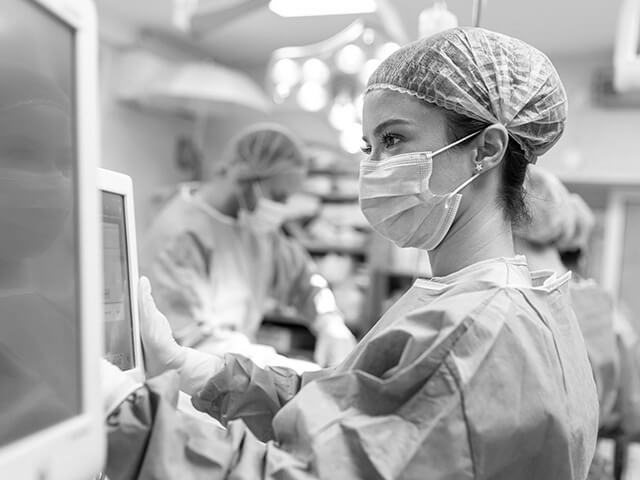
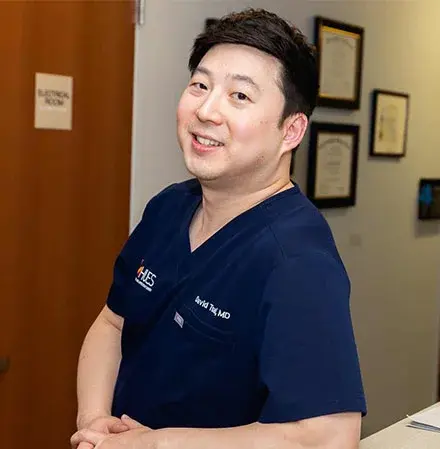
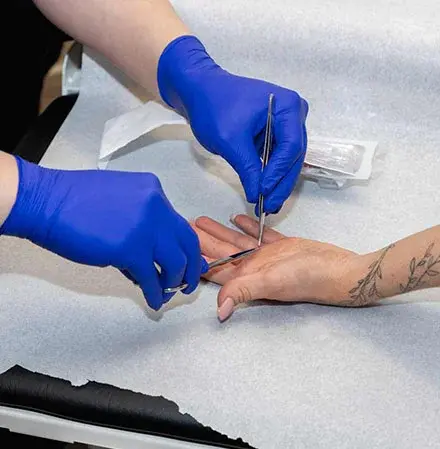
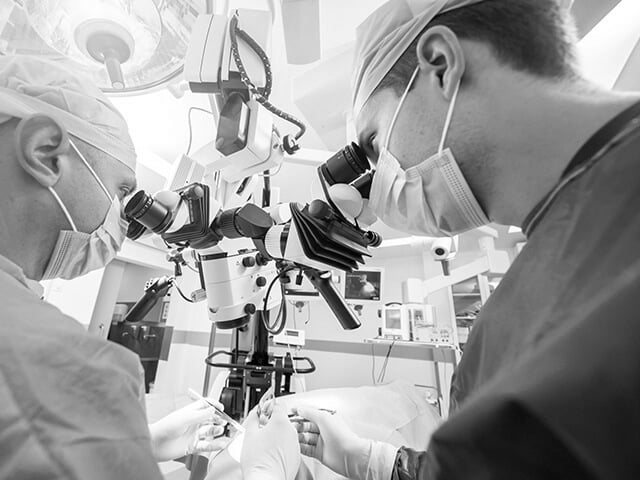
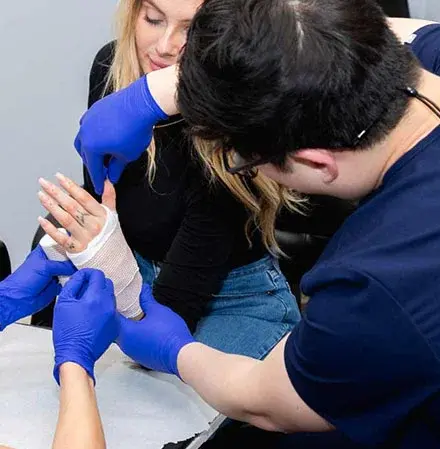
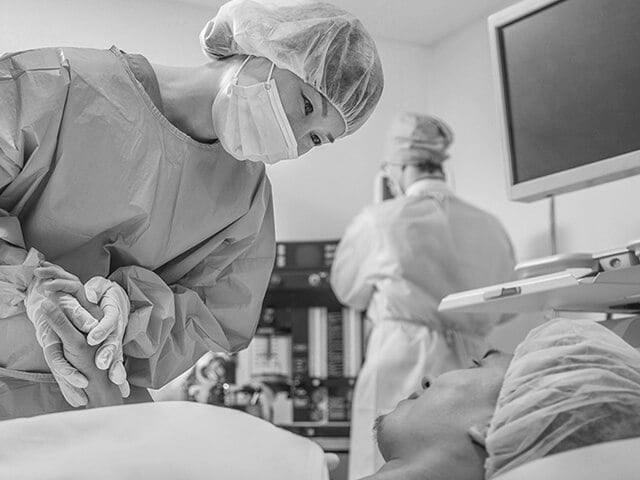

Suite 121
San Francisco, California 94114

Rear Entrance
New Orleans , Louisiana 70130

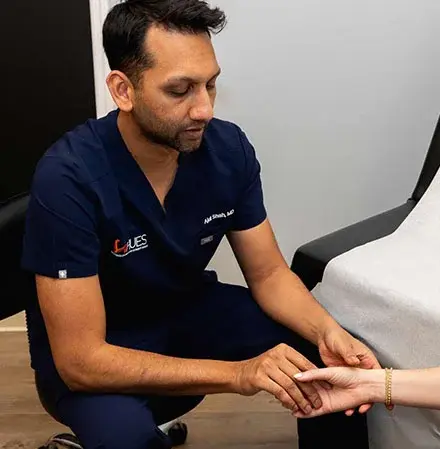
7th Floor
Neptune City, New Jersey 07753
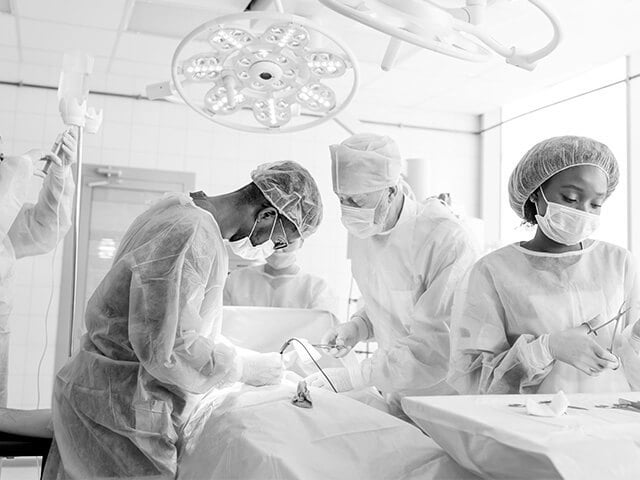


Building 200, Suite 200
Cape May Court House, New Jersey 08210





Our Surgeons
About
The Institute for
Advanced Reconstruction
The Institute for Advanced Reconstruction is uniquely positioned as the ‘go-to’ center for revolutionary nerve procedures, as well as world-class reconstructive treatments.
These include cutting-edge procedures such as nerve transplantation that may restore a significant degree of function for those who have suffered from stroke and other forms of paralysis. Patients who at one time believed they had exhausted their paralysis treatment options come from around the country and the globe to our practice in New York City and Red Bank, New Jersey.
The Institute for Advanced Reconstruction is also composed of the Axon Advance Foundation, a non-profit organization focused on new horizons in research, innovation and surgical treatments for peripheral nerve damage and spinal cord injury.
Frequently
Asked
Questions
A true hernia involves a weakening or a hole in the layers of the abdominal wall, with little to no pain or discomfort. A hernia is repaired by the placement of mesh to repair the hole. Athletic pubalgia, or sports hernia, is a core muscle injury that results in pain and discomfort in the groin area. There is no hole or weakening in the abdominal wall layers.
The abdominal muscles and adductor muscles in the legs make up the core muscles. These are the muscles that push and pull on the groin or pelvis. Injury to the abdominal (most common) and adductor (less common) muscles causes a disharmony of forces on the pelvis. This leads to chronic groin pain seen in core muscle injuries/Athletic Pubalgia.
Core muscle injury surgery is done as an outpatient procedure. This means the patient goes home the same day as the surgery. A recovery protocol is started almost immediately. Most patients are fully recovered by six weeks and are back to normal physical activity by three months.
